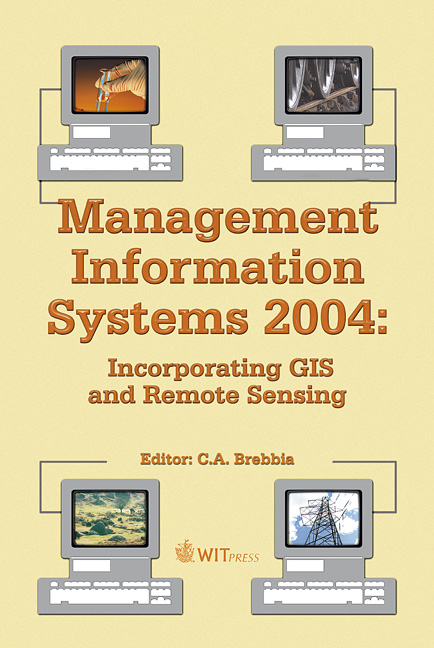GIS ─ Application To Make Geomorphometric Analysis In Raster Data
Price
Free (open access)
Volume
32
Pages
10
Published
2004
Size
996 kb
Paper DOI
10.2495/MIS040031
Copyright
WIT Press
Author(s)
M. Moreno, M. Torres, S. Levachkine & R. Quintero
Abstract
We present an approach to identify some geomorphometrical characteristics of raster geo-images based on a Geographic Information System (GIS). The characteristic identification involves the generation of raster layers, topographic ruggedness and drainage density. In a sense, the topographic ruggedness is used to express the amount of elevation difference between adjacent cells of the Digital Elevation Model (DEM). Moreover, the topographic ruggedness is presented by means of a Terrain Ruggedness Index (TRI). We use the Spline Interpolation Method to obtain the density layers. These layers are used to represent the amount of geographic linear objects in a specific area. The algorithm has been implemented into GIS – ArcInfo, and applied for a GIS of Tamaulipas State, Mexico. 1 Introduction Geomorphometric analysis is the measurement of geometry of the landforms in raster images and has traditionally been applied to watersheds, drainages, hill slopes and other groups of terrain objects. In particular basin morphometric parameters attracted much attention from hydrologists and geomorphologists since watersheds have been used for analysis of different physical ecosystem processes [1]. The geomorphometry represents one set of recommended variables to analyze distribution and concentration of certain spatial objects. Nowadays, Geographical Information Systems are powerful and useful tools
Keywords





